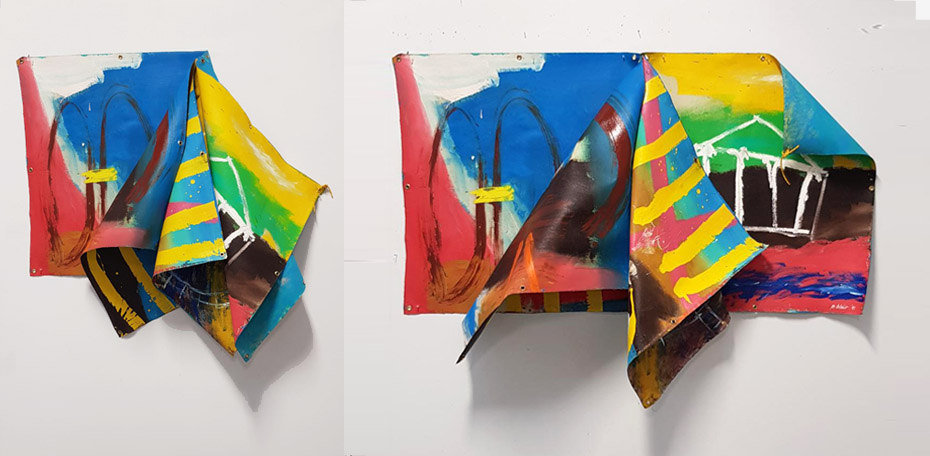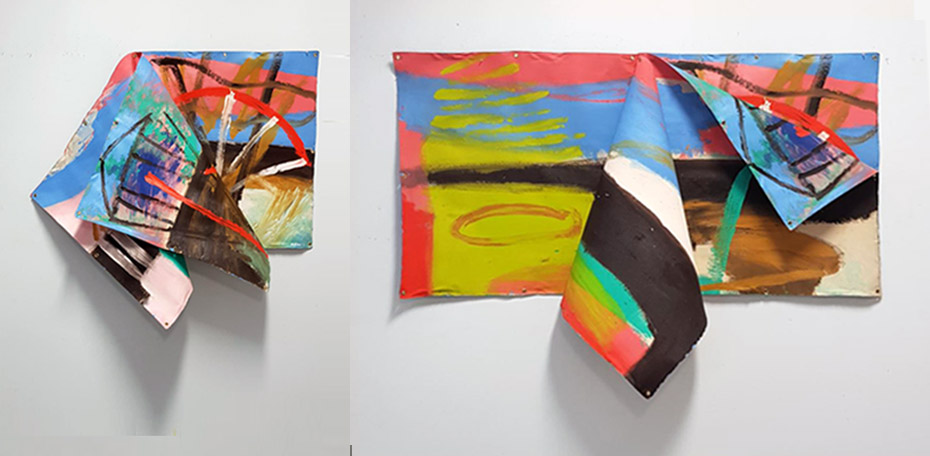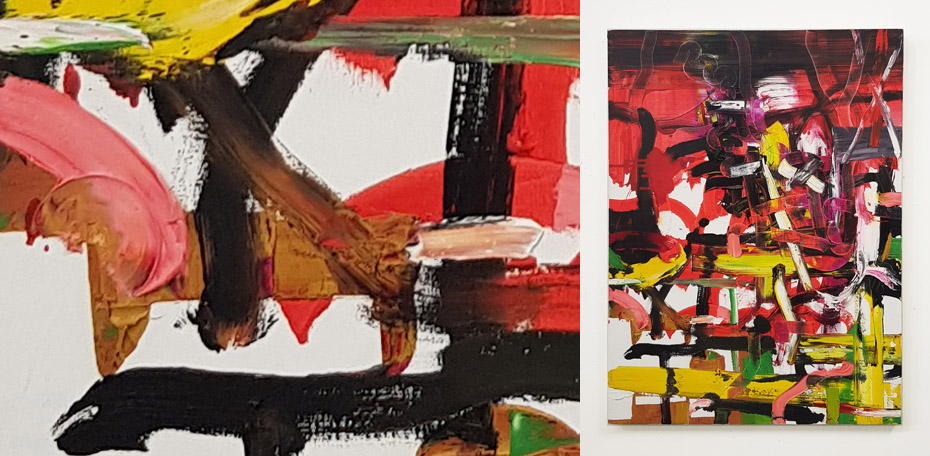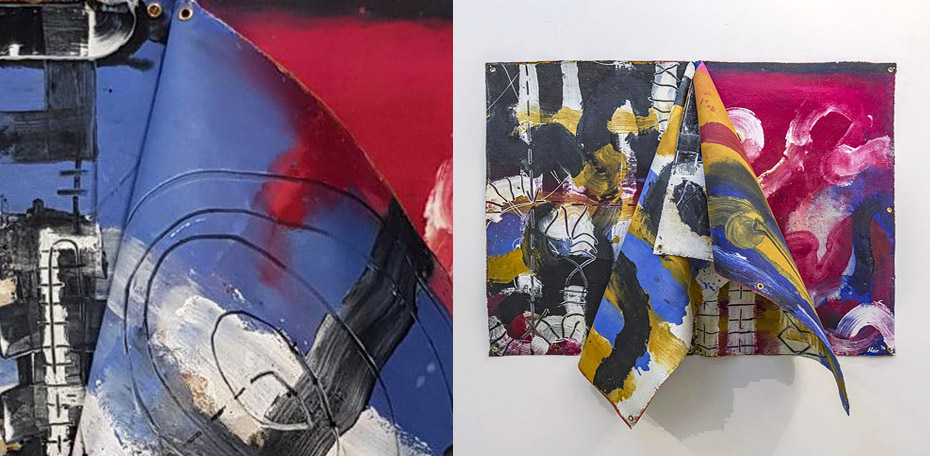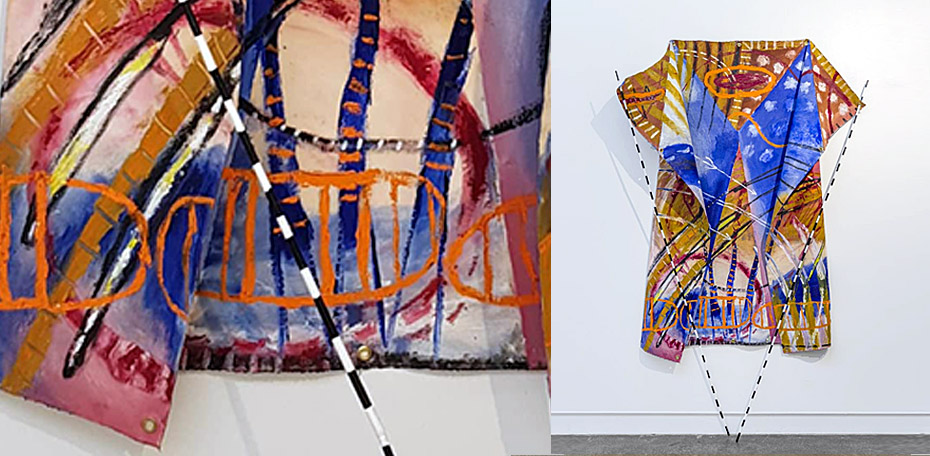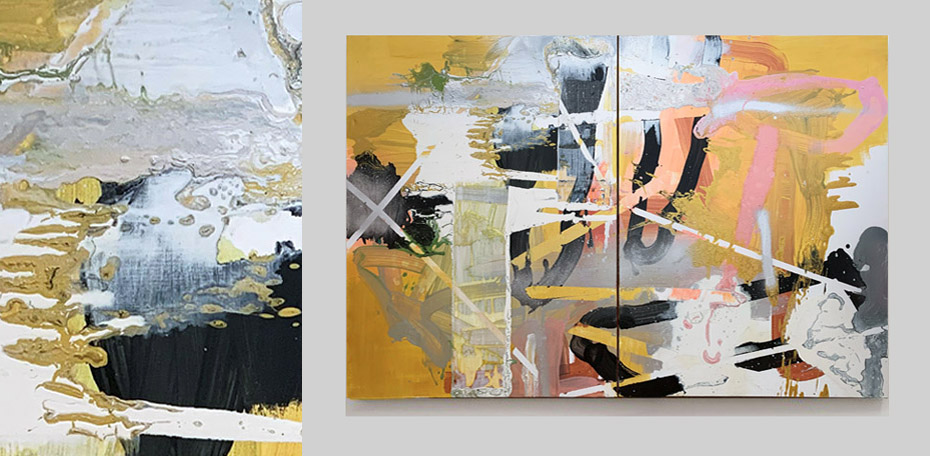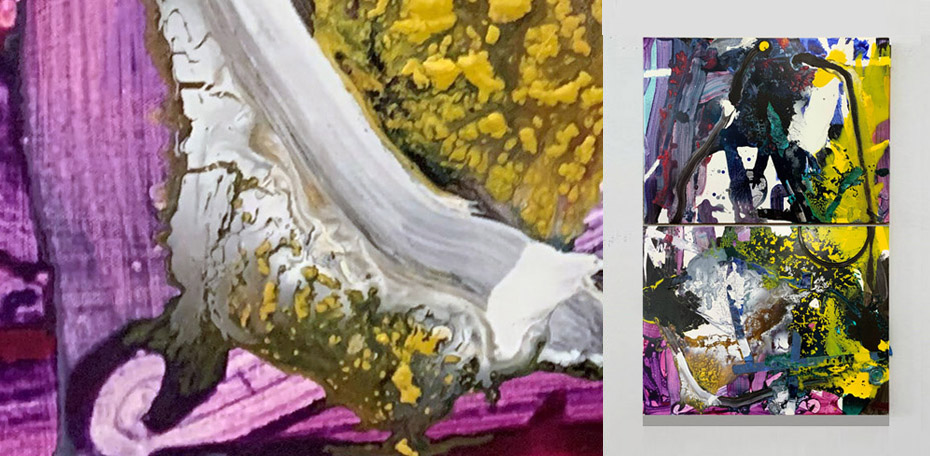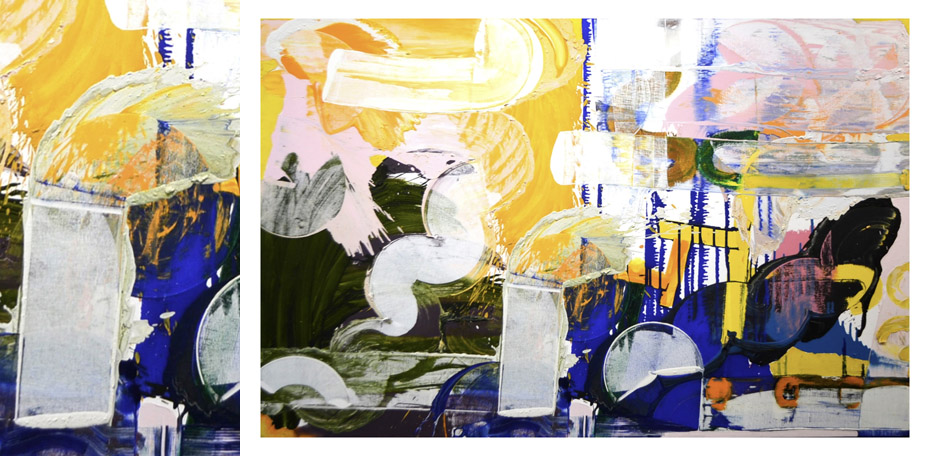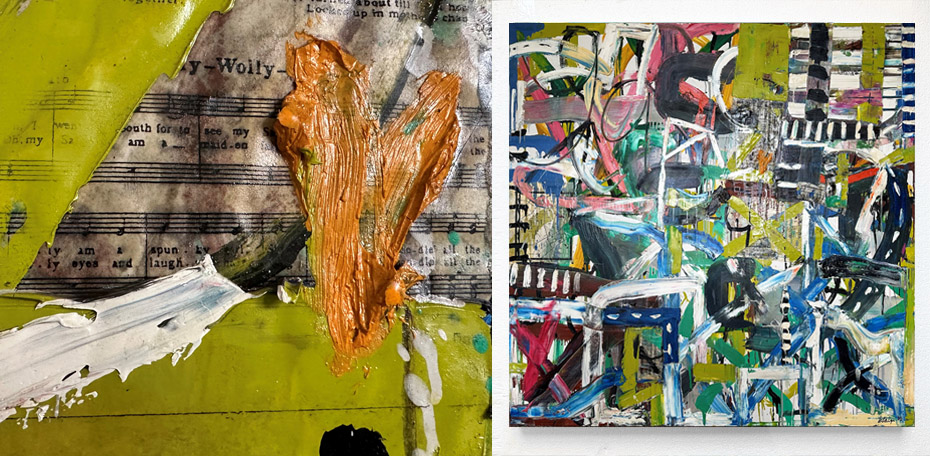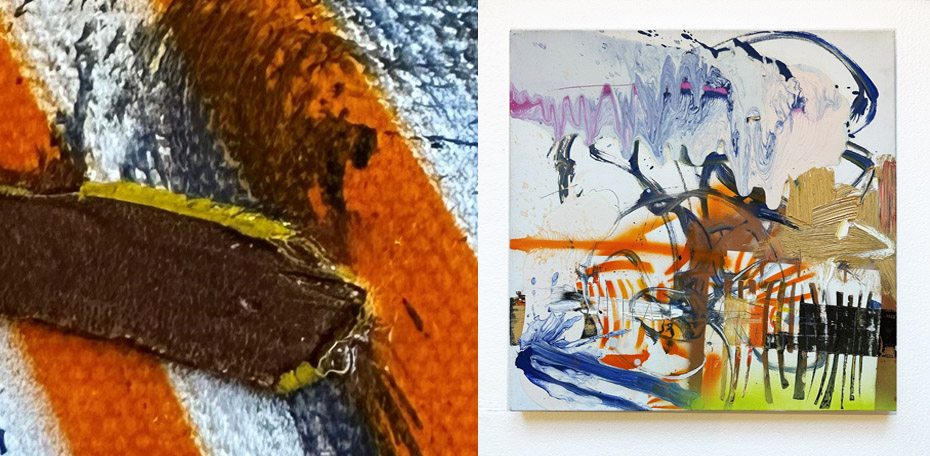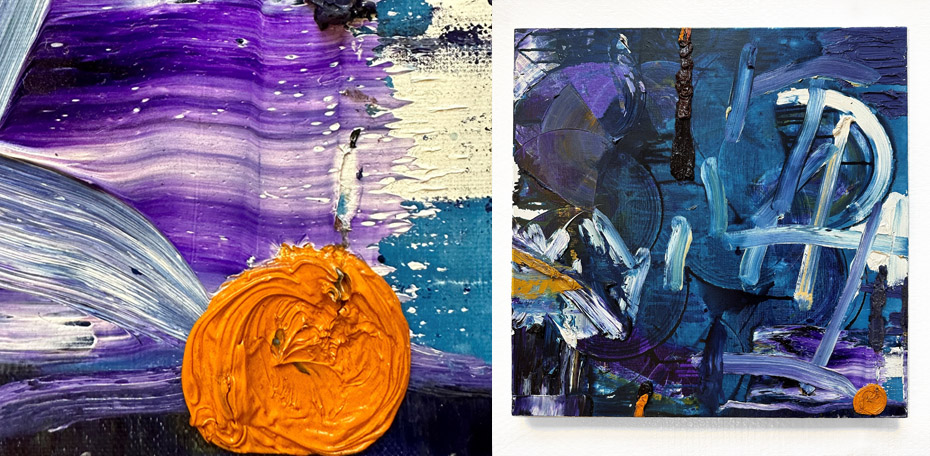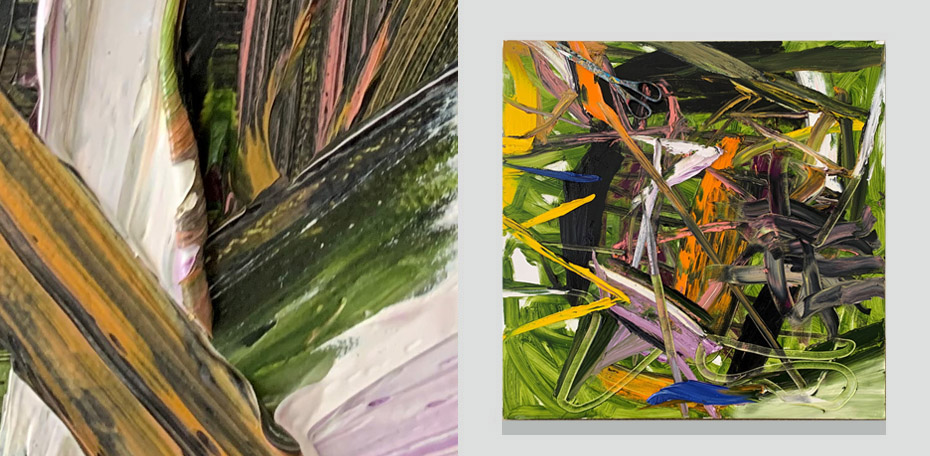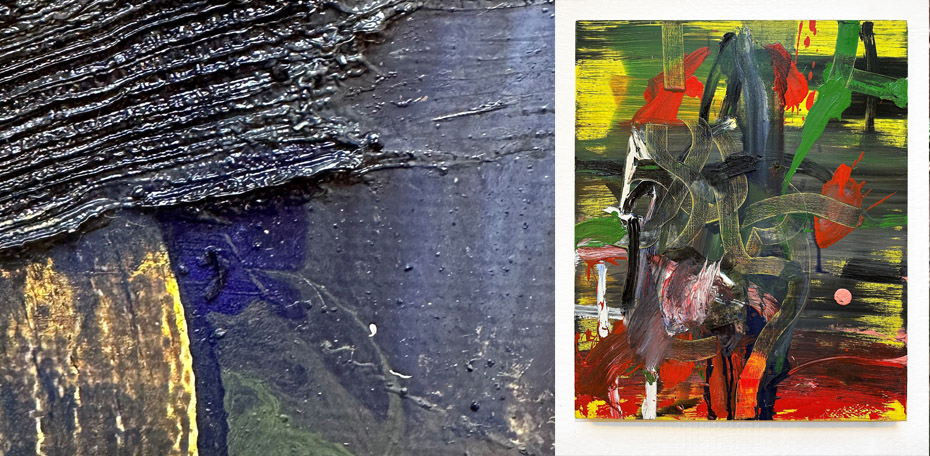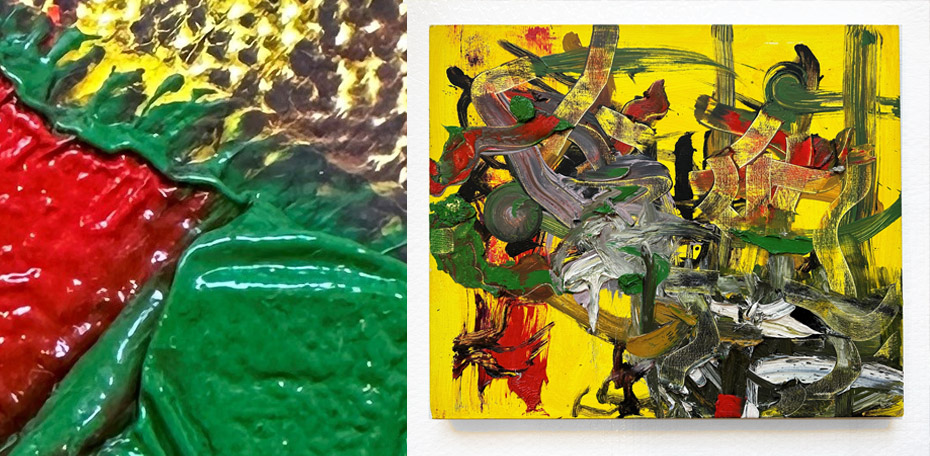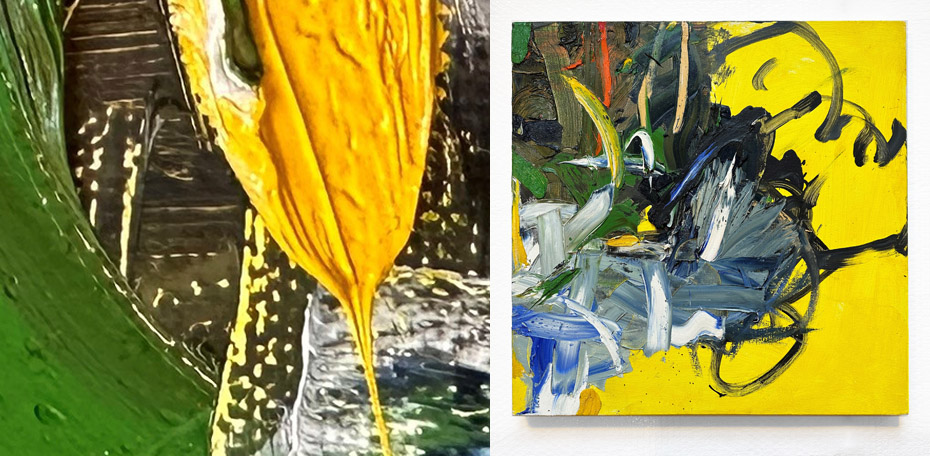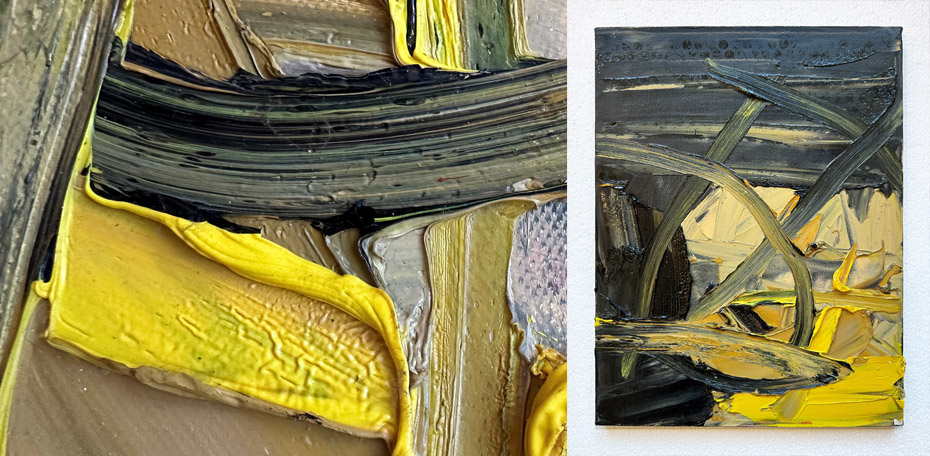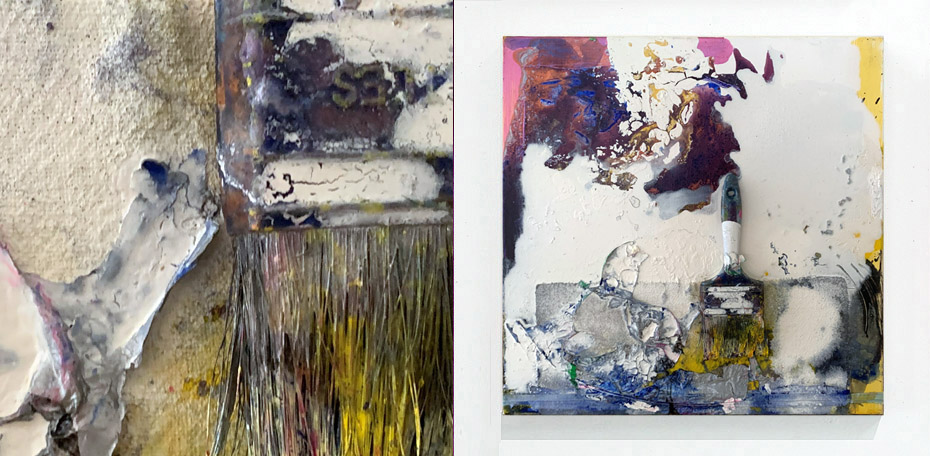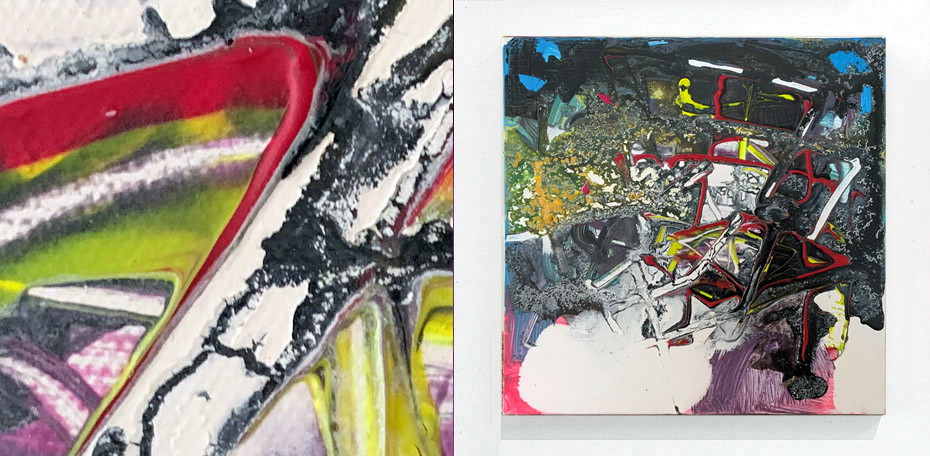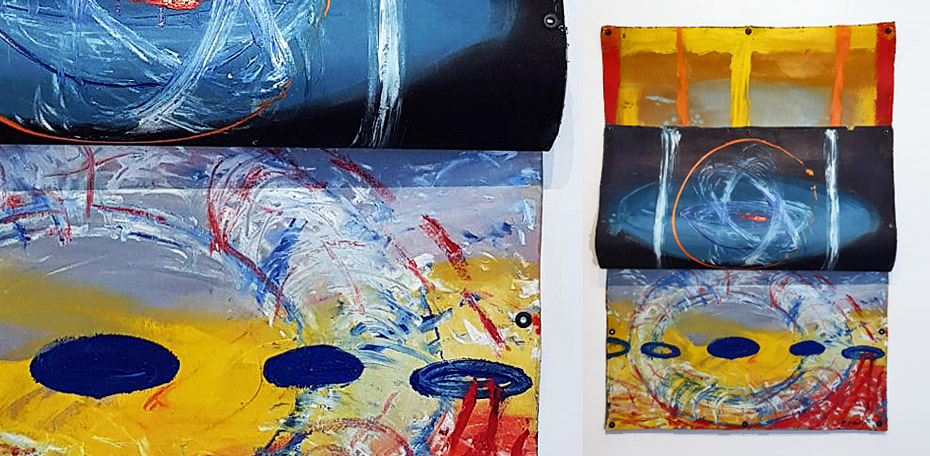Click here to see more works by Philippa Blair – Gouache works and Vellum & ink drawings
Born in Christchurch in 1945, Philippa Blair graduated with a Diploma in Fine Arts from Canterbury University in 1967. She has taught and exhibited internationally for over 40 years and has more than 100 solo and 300 group exhibitions to her credit. Represented in numerous public and private collections in Japan, France, Italy, Germany, Malaysia, Australia, New Zealand, and the United States, she has works in The British Museum (London), Chan Lui Museum (Taiwan), The National Art Gallery (Canberra), Museum of New Zealand Te Papa Tongarewa, Auckland Art Gallery, Christchurch Art Gallery, as well as many corporate collections in the United States including Citicorp, Citibank, General Electric, and Hong Kong and Shanghai Banks.
Geographical consciousness plays an important role in Blair’s painting. Her vibrant works fuse influences from her NZ heritage with the frenetic pace of the many cities in which she has lived and worked. Abstracted maps sit alongside architectural elements (“architecture is in my genes”), music scores and cell structures – vivid elements of her vocabulary reflecting other important influences – ballet and dance (her first passion), and memories of a microbiologist father, Dr Ian Blair (a professor at Lincoln College, Canterbury) and a musician mother, Grace McKenzie, a professional soprano and pianist. Her mother was also an artist and studied at the Canterbury Art School at the same time as Rita Angus.
Blair spent her childhood at Lincoln on the Canterbury Plains, studying piano from the age of 6 and riding and caring for her horses – something she credits with giving her courage and a love of the natural world. She was very close to her father and was often allowed to act as an assistant in the laboratory, introducing her to the exciting world of discovery. Dr Blair was a scientist, a trout fisherman and a writer. His influential textbook on plant and human diseases, “Micro-organisms and Human Affairs” (1943) has been a long-term source of inspiration for Blair, as has her father’s concern for the environment. (Dr Blair was a trustee of the National Library of New Zealand; he served on the National Water Pollution Committee; was appointed a Guardian of Lake Wanaka and co-edited a book on the resources of the lake. He also served on the Royal Commission into Nuclear Power Generation in 1976-77, and in retirement was actively involved with the Queen Elizabeth II National Trust.)
Blair’s influences are also evident in her process. “When I begin, I improvise, like you would in jazz music.” Starting with paper and ink drawings, she structures visual rhythms and articulates space. “But I don’t make the paintings from the drawings – I try to create an atmosphere where I am confident enough to work direct and be brave enough to make changes as I go.” The process of drawing is integral to her artistic practice, not only in the initial working stages but also as compositional elements within her paintings. Drawing becomes part of the collective elements which contribute to the layered and sculptural qualities of her paintings, creating a 2D/3D conversation.
Blair paints her canvases from above providing her with an ‘eagle-eye’ view – “like the flying aerial views of my childhood dreams – the result of both a vivid imagination and the stories my father would tell of canoeing on the Canadian lakes and meeting up with bears”. Starting with a gesture, a line that marks the space, differing viscosities of pigment are applied in a multitude of ways – from fine delicate drips to the voluptuous pigments squeezed directly from the tube. Large paint pours are confidently plotted, the canvas tilted to manipulate directional flow. Paint is applied from several directions, with physical build-up taking place alla prima (wet-on-wet) and usually at high velocity. “I love the alchemy of the work, the secretive build up in layers – acrylic underpainting with thicker oil on top – painted at the same time so it curdles and waiting eagerly for the next day to see the results..” The paint is often applied with stencils suggesting architectural design. Taping the trajectory lines, she works at the canvas much as a surveyor would on a plot of land. Then comes what Blair likens to an archaeological dig – paint is scratched off with trowels, uncovering what is already buried within the surface of the work – an act of excavation as well as creation.
Blair’s process is spontaneous but also direct and disciplined. The work is highly physical, athletic and time based, revealing an association with music. Arcs and pivots, literally extensions of expertly choreographed movements of the body, are used, the element of time apparent in their barely contained velocity. The canvas itself can become a wondrous site of both prospect and exploration, where a journey may begin or end on the same or multiple canvases. The diptych format is common to many of Blair’s paintings – “it heightens spatial awareness and physicality, and intensifies and increases ‘breathing space’. The panels form tensions – like electro-magnetic fields where the colourful charges jump across space from one side to another.” What at first sight might look like chaos, on closer inspection is in fact expertly contained – corralled within deliberately placed lines. While the painting is primarily done on the studio floor, once ‘finished’ it goes up on the wall where it stays for a long time. It is here that the work is fine tuned.
Returning to NZ in 2014, after 20 years living and working in Los Angeles, Blair’s work has been influenced by time spent living and working on continents (Australia, Europe and the United States). “There’s a conversation between continent and island. It’s quite different living and working on a continent – it’s the expansiveness, which comes into the work.” While she has stated an admiration for other artists such as Frances Hodgkins, De Kooning and especially Kandinsky, Blair credits much of her inspiration to contemporary American women painters. Her work nonetheless remains personal and independent. “Hers is an intense, highly disciplined method that has taken years to refine into a complex visual vocabulary. A delicate balance is struck between drawing and painting, chaos and order, colour and graphic sensibility.” A.L Hutchison, Los Angeles 2004


